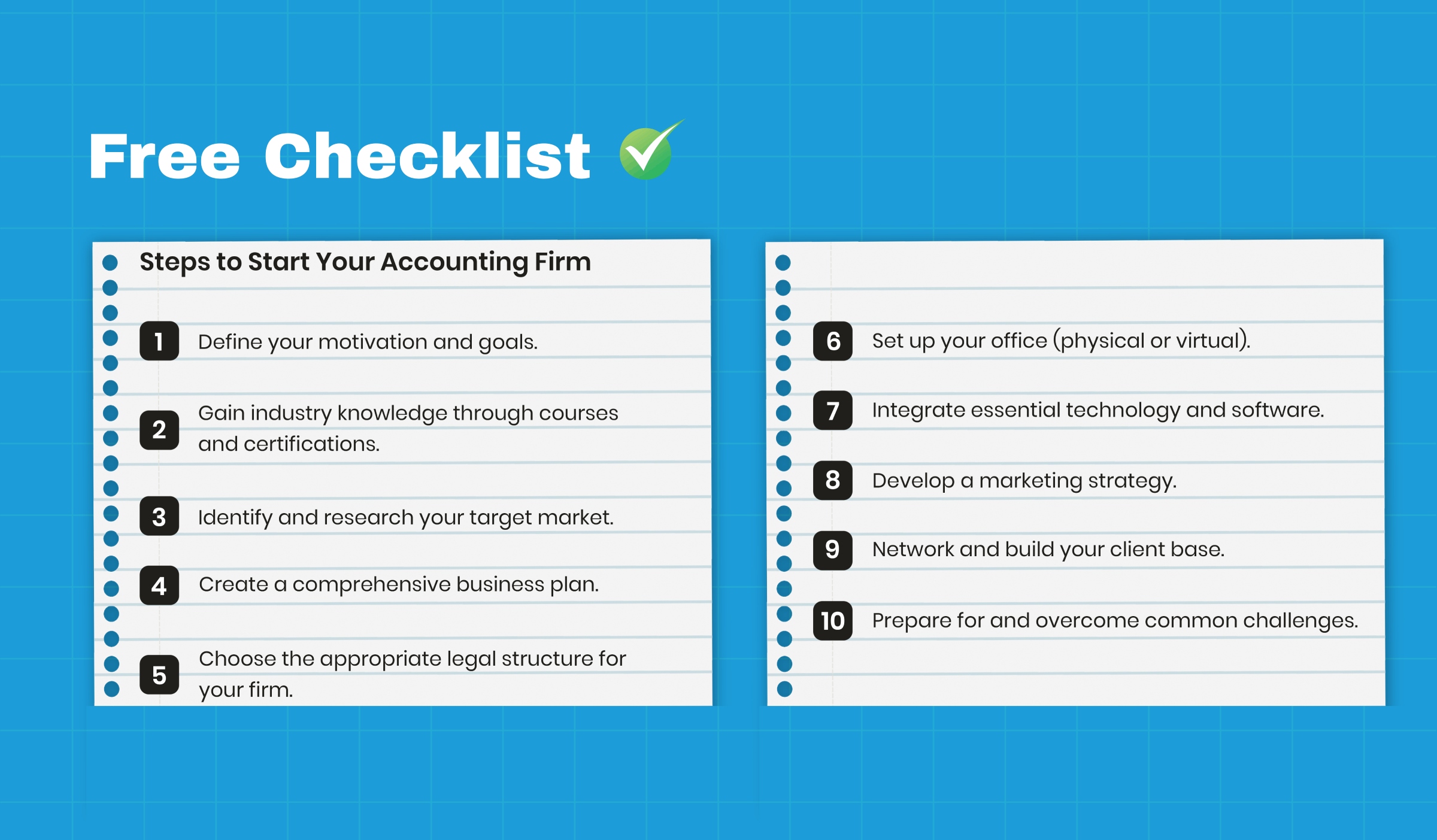How to Calculate Payroll Taxes in 2023
If you run a CPA firm or manage payroll for a business, calculating payroll taxes is a crucial part of your job. Calculating payroll taxes accurately is critical for any CPA firm or business managing payroll. Not only is it essential for compliance with tax laws and regulations, but also for avoiding costly penalties and interest.
In this article, we’ll provide a comprehensive guide on how to calculate payroll taxes, covering the types of payroll taxes, payroll tax forms, and two methods for calculating payroll taxes: manual calculations and payroll software.
Additionally, we’ll discuss the benefits of outsourcing payroll to a professional accounting firm. By the end of this article, you’ll have the knowledge and resources you need to confidently and accurately calculate payroll taxes.
Types of Payroll Taxes
When it comes to payroll taxes, there’s no room for error. As a CPA firm, you need to know the types of payroll taxes employers are responsible for calculating, from federal income tax withholding to state and local income tax withholding.
In this section, we’ll break down each type of payroll tax, explain how they’re calculated, and highlight the wage base and tax rates you need to know.
Get ready to become a payroll tax pro!
Employers must calculate several types of payroll taxes for each pay period. These include –
1. Federal income tax withholding
Employers must withhold a portion of each employee’s paycheck for federal income taxes. The amount withheld is based on the employee’s gross pay, tax filing status, and the number of allowances claimed on their Form W-4.
2. Social Security tax
Both employers and employees are required to pay Social Security taxes, which fund retirement and disability benefits. Employers are responsible for withholding the employee’s share of Social Security tax from their paycheck and paying the employer’s share.
3. Medicare tax
Like the Social Security tax, employers and employees must pay Medicare taxes. Employers are responsible for withholding the employee’s share of Medicare tax and paying the employer’s share.
4. State and local income tax withholding
In addition to federal income tax withholding, employers may also be required to withhold state and local income taxes from employee paychecks. The amount withheld is based on the employee’s gross pay and tax filing status and varies by state and locality.
When calculating these payroll taxes, it’s essential to understand the wage base and tax rates for each tax. The wage base is the maximum amount of an employee’s pay subject to a particular tax. The tax rates vary by tax and can change from year to year. It’s essential to stay up-to-date on the latest tax rates and wage bases to ensure accurate payroll tax calculations.
Payroll Tax Forms
When it comes to payroll taxes, filing the right forms at the right time is essential for compliance with tax laws and regulations.
As a CPA firm, it’s your responsibility to know which forms to file and when from the employee Form W-4 to quarterly Form 941 and state and local tax forms.
In this section, we’ll break down each form, explain its purpose, and provide tips on how to stay organized and avoid any penalties or interest charges. It’s essential to stay up-to-date with federal and state tax rates for federal income tax withholding, Social Security tax, Medicare tax, and state and local income tax withholding.
Ready to become a payroll tax form-filing pro and ensure accurate payroll tax calculations for your clients?
Keep reading…
1. Employee Form W-4
The employee completes this form and determines the total amount of federal income tax to withhold from their pay.
The purpose of Employee Form W-4 is to ensure that the correct amount of tax is withheld based on the employee’s filing status, number of dependents, and other factors that affect their tax liability.
A tip for staying organized with Form W-4 is to keep a copy of the form for each employee in their personnel file.
2. Form 941
This is the quarterly tax form used to report total federal income tax withheld, Social Security tax, and Medicare tax for each quarter of the year.
The purpose of Form 941 is to reconcile the total tax liability for the quarter and ensure that the correct amount of taxes were withheld from employee paychecks.
A tip for staying organized with Form 941 is to schedule a reminder to file the form before the due date, typically the last day of the month following the end of the quarter.
3. State and local tax forms
Each state and locality may have its own tax forms that must be filed to report payroll taxes.
The purpose of these forms is to report the amount of state and local income tax withheld from employee paychecks, as well as any other required payroll taxes.
A tip for staying organized with state and local tax forms is to check with the appropriate state and local tax authorities to determine the filing requirements and due dates and keep track of these deadlines in a calendar or scheduling tool.

All in all, it’s essential to understand the purpose of each form and when they need to be filed. Failing to file payroll tax forms on time or with accurate information can result in penalties and interest charges.
Fortunately, resources are available to help ensure compliance, including the IRS website and software solutions like QuickBooks and ADP.
Stay organised and stay on top of your payroll tax forms to avoid any headaches down the line.
How to Calculate Payroll Taxes
As a CPA firm, accurate payroll tax calculations are essential to ensure your clients comply with tax laws and avoid penalties.
Two main methods of calculating payroll taxes are manually or using the software.
Let’s explore each method in detail:
1. Manual calculation
To manually calculate payroll taxes, you’ll need to know the current tax rates for federal income tax withholding, Social Security tax, Medicare tax, and state and local income tax withholding. You’ll also need to calculate each employee’s taxable income, considering any deductions or exemptions.
Read also: Decoding the Payroll Deductions Mystery: The Ultimate Guide
The following table provides an example of how to manually calculate payroll taxes for a single employee in California earning $50,000 per year. It’s essential to accurately calculate payroll taxes to avoid penalties and ensure compliance with tax laws and regulations.
You can use a tax calculator or payroll software to simplify the process or consider outsourcing payroll to a professional accounting firm for expert assistance.
Additionally, understanding the wage base and paying federal and state unemployment insurance taxes can further ensure compliance and reduce risks for your business.
| Tax |
Calculation |
Rate |
Amount |
| Federal Income Tax |
$50,000 x 22% = |
22% |
$11,000 |
| Social Security Tax |
$50,000 x 6.2% = |
6.2% |
$3,100 |
| Medicare Tax |
$50,000 x 1.45% = |
1.45% |
$725 |
| California State Income Tax |
$50,000 x 9.3% = |
9.3% |
$4,650 |
| Total |
– |
– |
$19,475 |
This method can be time-consuming and prone to errors.
Hence, it’s important to double-check your calculations and stay up-to-date on any tax law changes.
Here’s a table for the manual calculation of federal income tax withholding based on the 2023 tax year:
| Tax |
Calculation |
Rate |
Amount |
| Federal Income Tax |
$50,000 x 22% = |
22% |
$11,000 |
| Social Security Tax |
$50,000 x 6.2% = |
6.2% |
$3,100 |
| Medicare Tax |
$50,000 x 1.45% = |
1.45% |
$725 |
| California State Income Tax |
$50,000 x 9.3% = |
9.3% |
$4,650 |
| Total |
– |
– |
$19,475 |
2. Software calculation
Payroll software like QuickBooks or ADP can simplify payroll tax calculation by automatically calculating payroll taxes based on the employee’s annual salary, taxable income, and tax withholding information. These programs also consider additional information such as paid time off or benefits, ensuring accurate and up-to-date payroll tax calculations for federal and state taxes and Medicare and Social Security taxes.
Choosing a reliable and accurate payroll software program is vital to ensuring accurate payroll tax calculations while saving time and reducing the risk of errors. It’s also essential to stay informed about tax rates, tax forms, and tax regulations, including the federal and state wage base and the Federal Insurance Contributions Act (FICA) tax rate.
Whichever method you choose, accurate payroll tax calculation is crucial for avoiding penalties and maintaining compliance with tax laws and regulations. Staying organized with tools like a tax calculator, IRS Publication 15-T, and payroll tax forms such as Form W-4 and quarterly Form 941, as well as filing and paying federal and state unemployment taxes and tracking tax returns, can help ensure successful payroll tax management for your clients.
3. Outsourcing Payroll
Benefits for CPA Firms
Partnering with a professional accounting firm for payroll services can benefit CPA firms in multiple ways:
Enhanced Client Service
By outsourcing payroll, CPA firms can provide their clients with accurate and timely payroll processing, tax filing, and compliance services, enhancing overall client satisfaction.
Time and Resource Savings
Outsourcing payroll frees up valuable time and resources for CPA firms, allowing them to focus on core financial management tasks like tax planning and financial forecasting.
Expertise and Compliance
Working with a payroll expert ensures compliance with federal and state tax laws and regulations, keeping clients up to date with ever-changing payroll requirements.
Benefits for Businesses
Outsourcing payroll to a professional accounting firm like Unison Globus brings significant advantages for businesses:
Efficiency and Accuracy
By entrusting payroll calculations to experts, businesses can ensure accurate and error-free payroll processing, eliminating the need for time-consuming manual calculations.
Compliance and Risk Mitigation
Professional accounting firms stay up to date with tax laws and regulations, ensuring businesses remain compliant with federal and state payroll tax requirements. This reduces the risk of penalties and legal issues.
Cost Savings
Outsourcing payroll eliminates the need for in-house payroll staff and associated overhead costs, resulting in potential cost savings for businesses.
Conclusion
Calculating payroll taxes accurately is crucial to avoid penalties and ensure compliance with tax laws. The blog post has covered the types of payroll taxes, payroll tax forms, and resources available to help with payroll tax calculations. If you’re feeling overwhelmed, outsourcing payroll to a professional accounting firm like Unison Globus can relieve the burden and provide access to payroll experts. Don’t let payroll tax calculations become a headache – use the information and resources provided to navigate the process confidently.


























